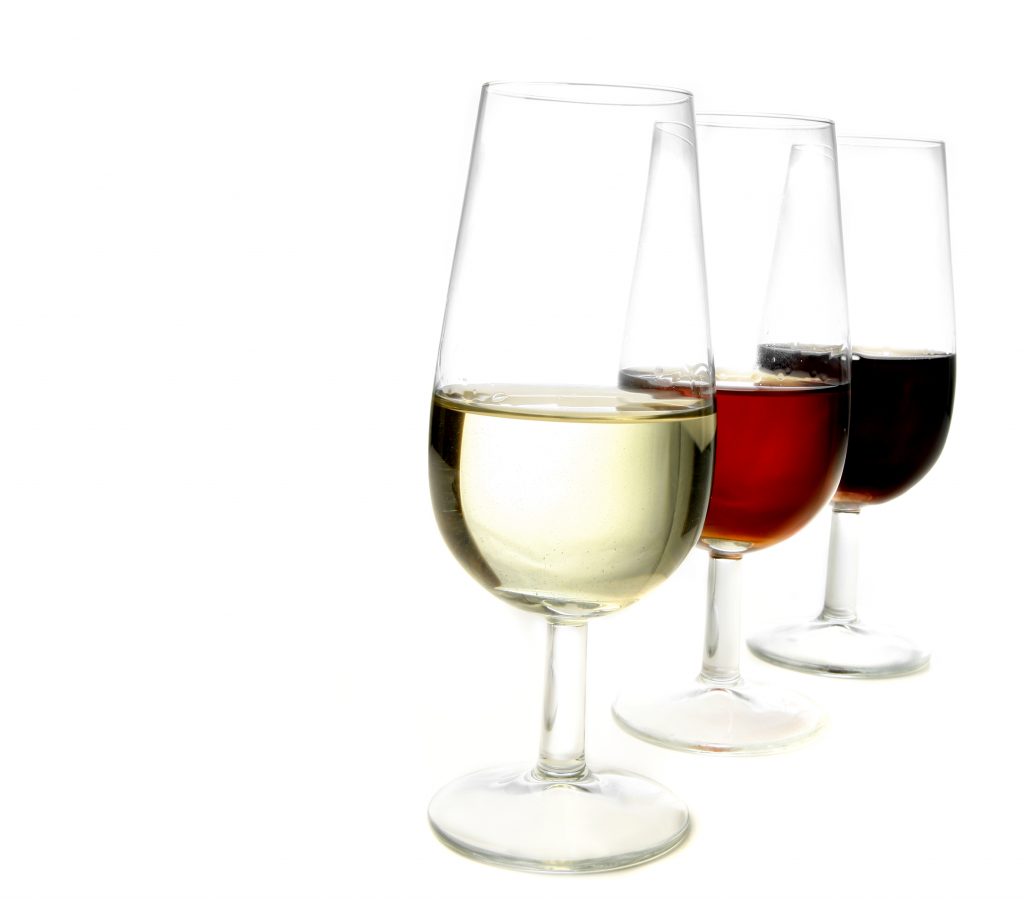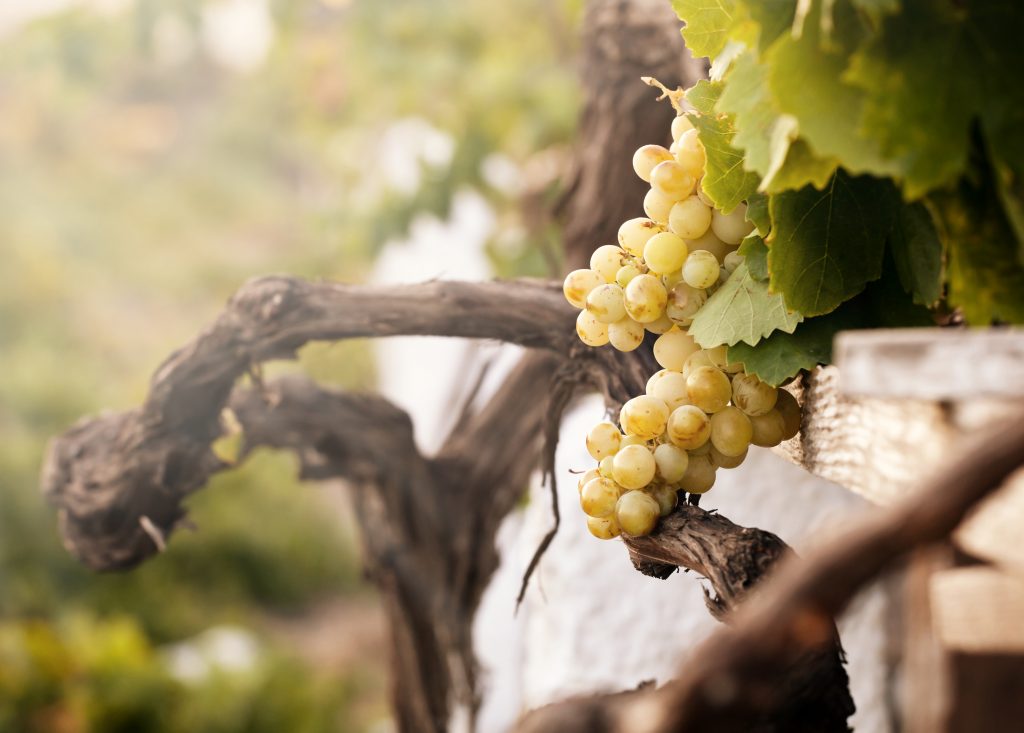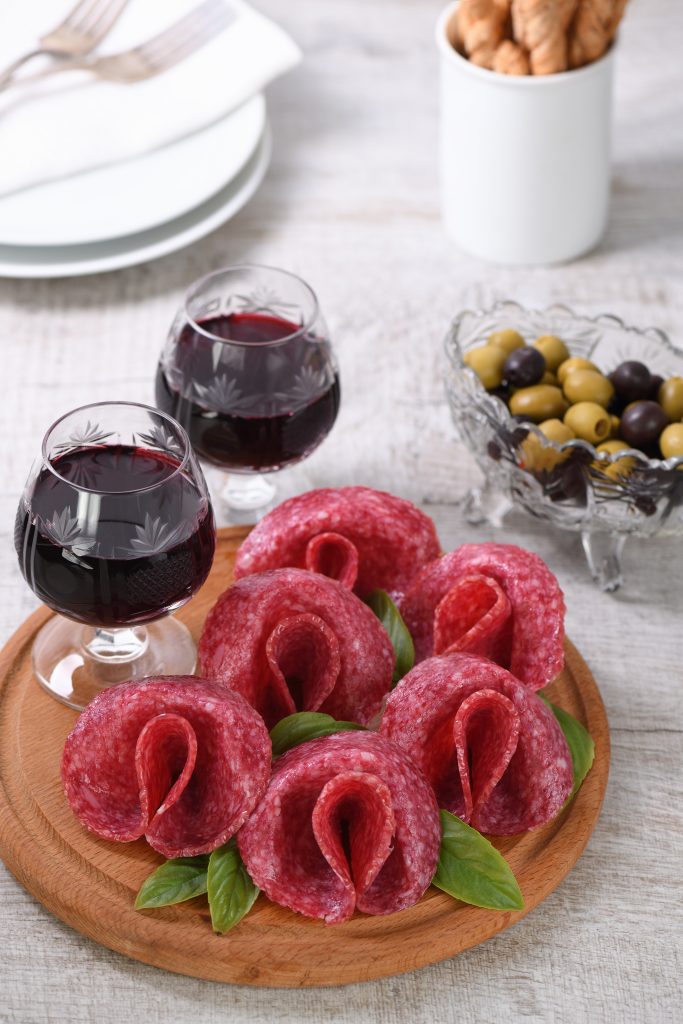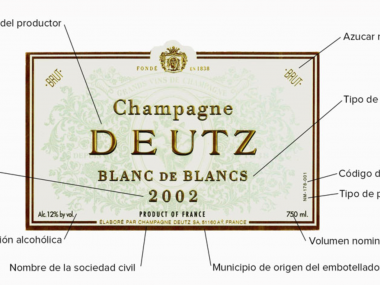Spain is a privileged country for the production of fortified wines. For centuries Andalusia, and specifically the region of Jerez, located in the far south under the joint influence of the Mediterranean and the Atlantic, has represented a special territory for the production of fortified wines.

What makes Jerez unique for the exquisite production of fortified wines is, on the one hand, the proximity of the Atlantic Ocean and the Guadalquivir and Guadalete rivers. These have a moderating effect on temperatures in a dry climate, where the average annual temperature is 22 degrees Celsius, so there are temperature differences between day and night, favouring the ripening cycle of the grapes.
The albariza soils with a spongy structure retain water in the form of reserves to combat the months of drought during the summer. It is a white chalky soil very similar to that of Champagne, which is why the interpretations of both regions located in extreme areas are often very interesting.
On the other hand, the Palomino Fino variety has a thin skin and juicy flesh, ideal for the traditional production of crianza en flor.
How is a fortified wine made?
After receiving the grapes, the grapes are pressed and then cold static racking is carried out in the same way as for white vinification. Next, the yeasts are sown in the must to start the alcoholic fermentation and thus obtain a wine with an alcohol content of 11 to 12.5 degrees.

Once fermentation is complete, the wines are classified according to quality and body: lighter wines with a low concentration of tannins and more acid will be destined for the production of finos or manzanillas, while more opulent, structured and darker wines are destined for oloroso wine.
This classification is determined by the cellar foreman after a rigorous tasting of the musts and wines.
In Jerez, fortified wines must be aged for a minimum of three years in 500-litre American oak casks, where two types of ageing are carried out: biological ageing under flor veil and oxidative ageing using the solera system.
The fino and manzanilla wines are fortified up to 15-15.5 degrees of alcohol by adding wine alcohol, where the biological ageing takes place, while the wines destined for oloroso are fortified directly up to 18º and upwards, so they only undergo oxidative ageing by soleras, as the flor is not capable of reproducing at such high doses of alcohol.
During the elaboration of a manzanilla or fino, if the foreman intervenes by re-fortifying it to a minimum of 17.5º and gives it a solera ageing of more than five years, we will have an amontillado. An amontillado is nothing more than a manzanilla or fino pasado.

What are the soleras of Jerez?
In order to create a solera system, a large reserve of wines is needed, distributed in different scales. The oldest scale is called solera and the butts containing these wines are at ground level. All the wines that are bottled come from the solera.
Above the solera, the different criaderas, which contain progressively younger wines, are stacked up to the vintage wines located on the highest scale. The latter is filled with the vintage wines called sobretablas.
The entire scale can have more than ten different levels. The aim is to blend wines from different vintages so that the final wine always has the same character.






